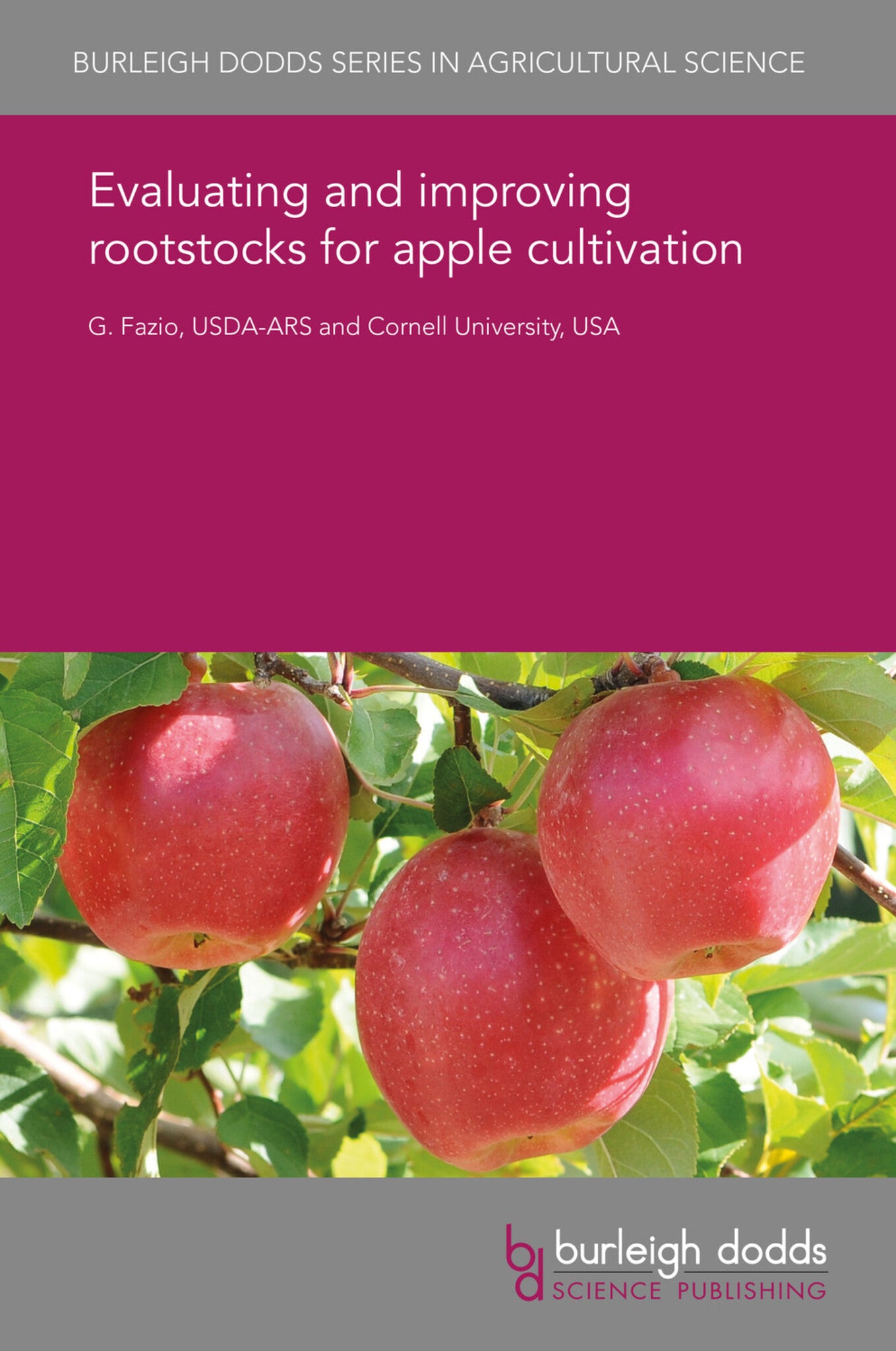We're sorry. An error has occurred
Please cancel or retry.
Evaluating and improving rootstocks for apple cultivation
Regular price
£25.00
Sale price
£25.00
Regular price
£25.00
Unit price
/
per
Sale
Sold out
Re-stocking soon
The foundations of a productive and healthy orchard are the rootstocks that provide anchorage, water and nutrients essential to the above-ground portions of the trees. Utilization of composite tree...
Read More

Some error occured while loading the Quick View. Please close the Quick View and try reloading the page.
Couldn't load pickup availability
- Format:
-
18 May 2017

The foundations of a productive and healthy orchard are the rootstocks that provide anchorage, water and nutrients essential to the above-ground portions of the trees. Utilization of composite trees has increased the efficiency of breeding productive apple trees by dividing the selection of scion traits and rootstock traits into two genetically (and functionally) different specimens, which are then brought together through grafting. As part of the tree, the rootstock influences many factors in addition to tree size, particularly productivity, fruit quality, pest resistance, stress tolerance and ultimately profitability. Understanding how scion properties are modulated by rootstocks allows targeting of traits that may be selected to improve whole tree performance by improving rootstock performance. This chapter examines apple-breeding methods and explores how rootstocks affect scion traits, before addressing the impact of rootstocks on disease and pest resistance.

Price: £25.00
Publisher: Burleigh Dodds Science Publishing
Imprint: Burleigh Dodds Science Publishing
Series: Burleigh Dodds Series in Agricultural Science
Publication Date:
18 May 2017
ISBN: 9781838790059
Format: eBook
BISACs:
TECHNOLOGY & ENGINEERING / Agriculture / Sustainable Agriculture, Commercial horticulture, SCIENCE / Life Sciences / Horticulture, TECHNOLOGY & ENGINEERING / Agriculture / Agronomy / Crop Science, Botany and plant sciences, Sustainable agriculture, Agronomy and crop production

1 Introduction 2 Apple breeding methods 3 Scion traits affected by rootstocks 4 Disease and pest resistance 5 Future trends and conclusions 6 Where to find further information 7 References



